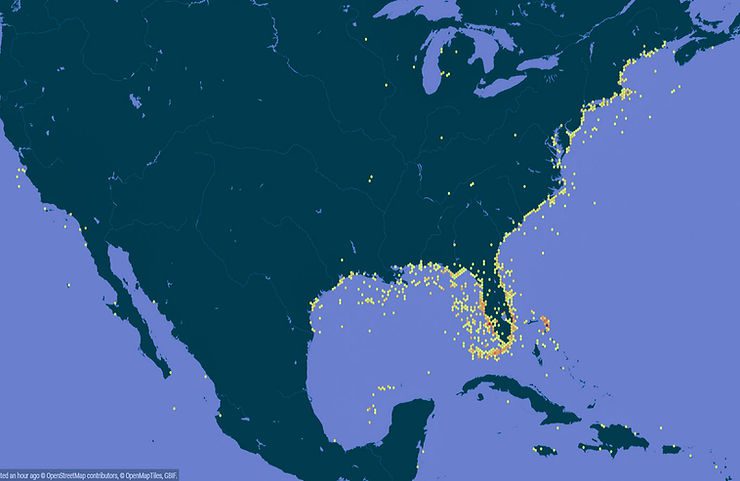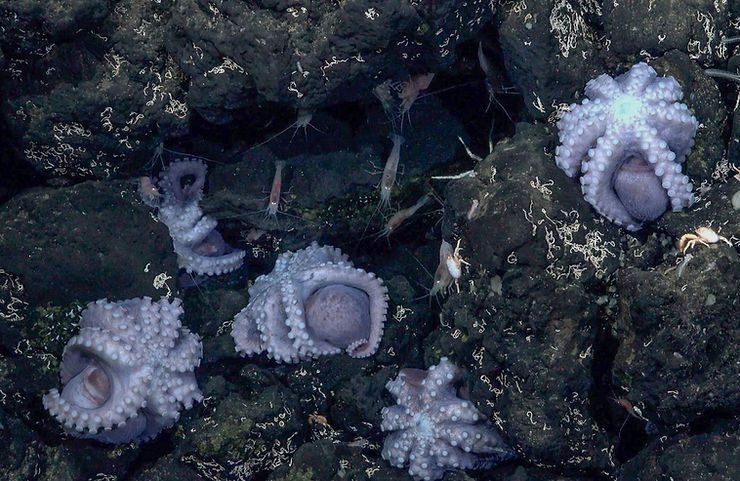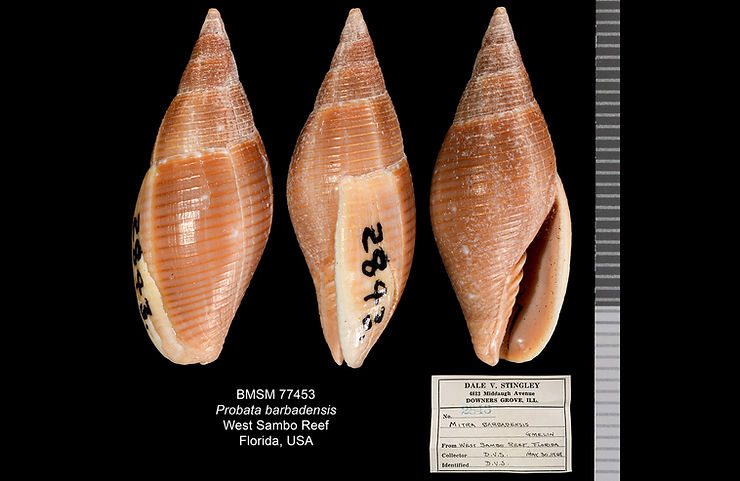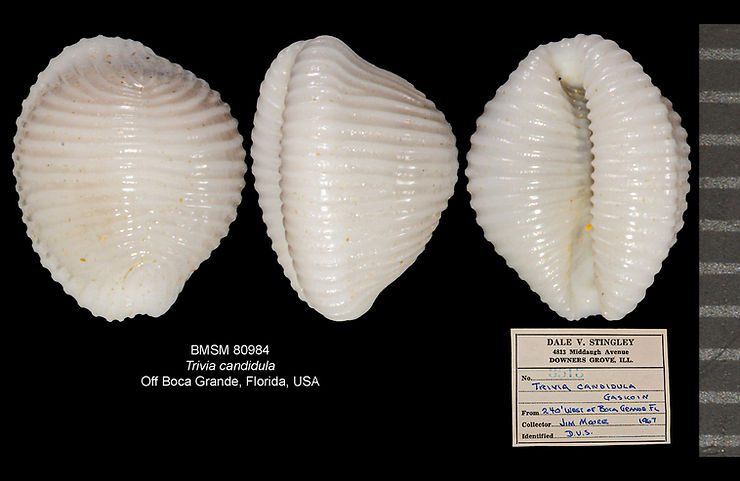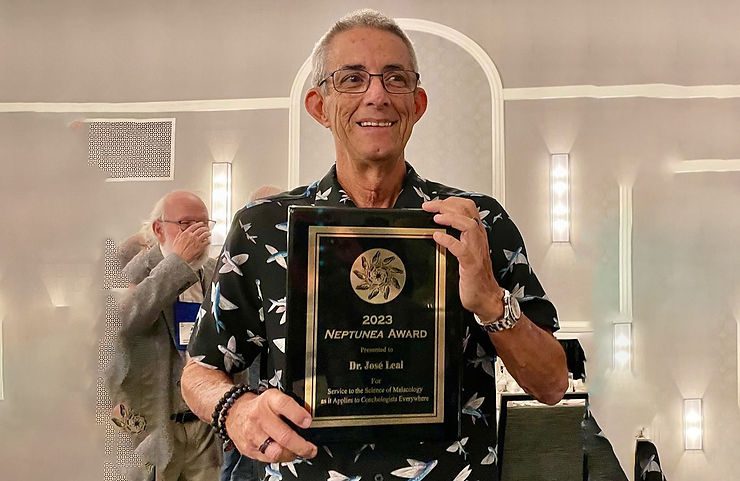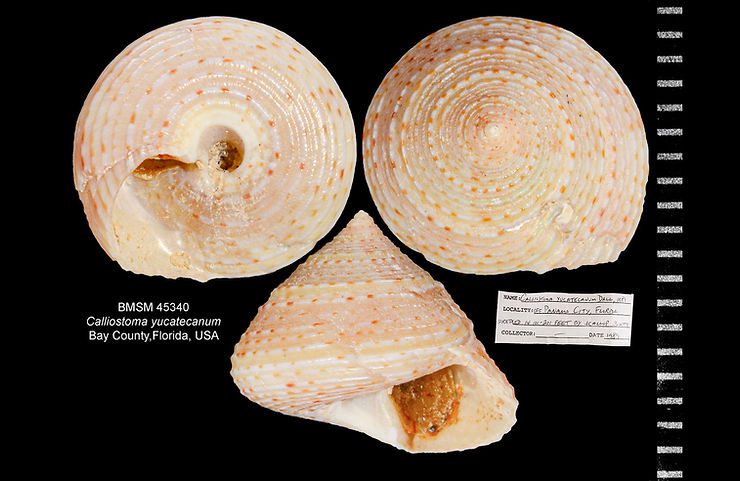
Eyes Communicate with Tentacles in Scallops
In 2019, I reported on the great work on the eyes of scallops done by Daniel Speiser and his team at the University of South Carolina. Among other finds, Speiser and his collaborators have shown that scallops can narrow their eye pupils upon exposure to light, and that the blue eye color of Bay Scallops and other scallops is produced by blue nanospheres that may help increase vision contrast. Scallops have a visual system of dozens of eyes distributed almost along the entire periphery of their s
